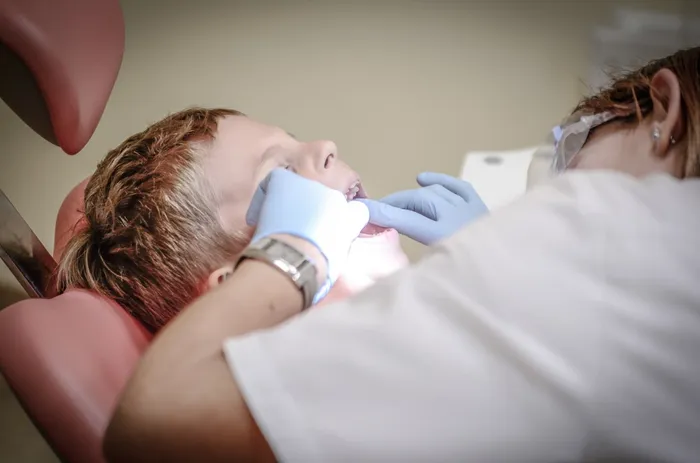
Picture: Pexels Picture: Pexels
Dental cavities - even the tiniest of lesions - will have no place to hide any more, with a new dental microscope promising to detect cavities even before they form.
The new Zeiss Extaro 300 - which has been introduced in the country - is already receiving rave reviews from local dentists, who say the technology will not only provide breakthrough visualisation modes, but will revolutionise micro dentistry by increasing efficiency and result in patients spending less time in dentists’ chairs.
The technology can be employed for straightforward dental procedures, as well as highly complex ones.
Dr Riaan Wolfaardt, who became the first dentist to use this equipment in South Africa last week, described it as the “Rolls-Royce of dental microscopes” because of its advancement and precision when performing dental surgeries.
“The tiniest of lesions are detected. Even before a cavity starts to form, there are signs of demineralised tooth substance. It is really at this early stage that we can actually prevent a cavity from forming if we can detect the visual signs.
“So it’s more about early detection and intervention of the pre-cavity lesion than the ability to spot the already formed cavity,” Wolfaardt said.
Hendrik Crouse (left) and Hans Jorg Wickli (right) install the Extaro 300 machine at Dr Riaan Wolfaardt's rooms in Joburg. Picture: Supplied
While conventional dental microscopes have the ability to magnify objects anyway, he said an added convenience offered by Extaro 300 was that dentists would now have even better visualisation, without even having to move around patients.
“Without leaving your comfortable preferred position, you can control the multifunctional mode control of the microscope to activate all visual and capture modes.
“And with only one finger, you can operate the focus, which means there is no interruption in your workflow at all,” he said.
The different modes of the microscope include a “fluorescence” mode, a “no glare” mode and a “true light” mode, which all allow a dentist to better diagnose conditions, and perform straightforward and complex procedures.
“The microscope also has the ability to live-stream the treatment in high definition and simultaneously take pictures in HD. This allows for superior communication between the clinician and the patient. A detailed digital history of the whole treatment flow for every patient is also created on a continual basis,” he said.
Dentists believe that better visualisation leads to better diagnostic ability, and ultimately superior treatment.
Wolfaardt said the new technology was ideal for bone and gum surgery, including extensive root canal treatment, which needed superior light and magnification.
“The detection of decay and the treatment thereof is the workhorse of the microscope. Deciding on the tooth colour when doing restorative work is made simpler by using the ‘no glare mode’ of the microscope. Simply put, the microscope will enhance whatever treatment you are performing,” he said.
The technology also has positive spin-offs for dentists’ own health, as it allows them to sit in an upright position while performing procedures, rather than having to bend their necks and backs.
“This has had an instant positive effect on my body. The mere fact that I can also take pictures and HD videos of my operating field while I am busy saves me taking a picture with my hand-held digital camera. This leads to a vastly improved workflow,” he said.
In addition, the microscope allows dentists to analyse and restore teeth without distracting reflections.
Grant Froneman, medical manager at Zeiss South Africa, said: “Notably, the Zeiss Extaro 300 is the first device to combine polarised illumination with magnification.
“Its ‘no glare’ mode allows dental practitioners to precisely examine the nuances of the colour shades of a tooth. It effectively suppresses obtrusive light reflections from the tooth surface.”
The true light mode, much like the standard orange colour mode in conventional dental microscopes, does not cause premature hardening of restorative resin, giving dentists more time to complete complex tooth modelling tasks.
Froneman says the new technology offers convenience and ease of use for dentists.
“They only need to use one finger to activate the multifunctional mode control to trigger all visualisation and capture modes as well as light settings.
“From the same hand position, they can adjust the focus without leaving their preferred ergonomic working position.”
